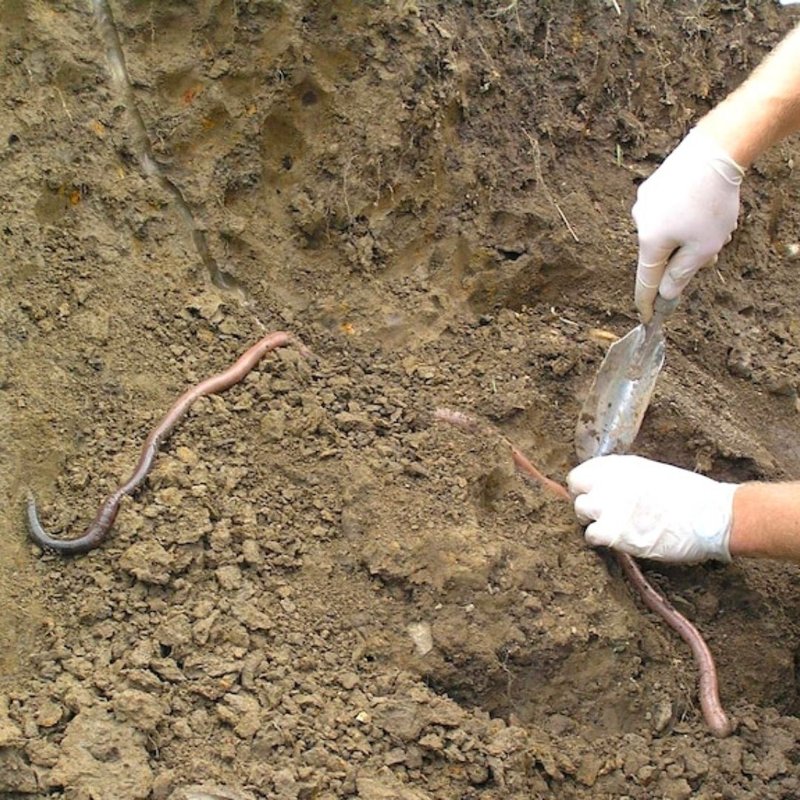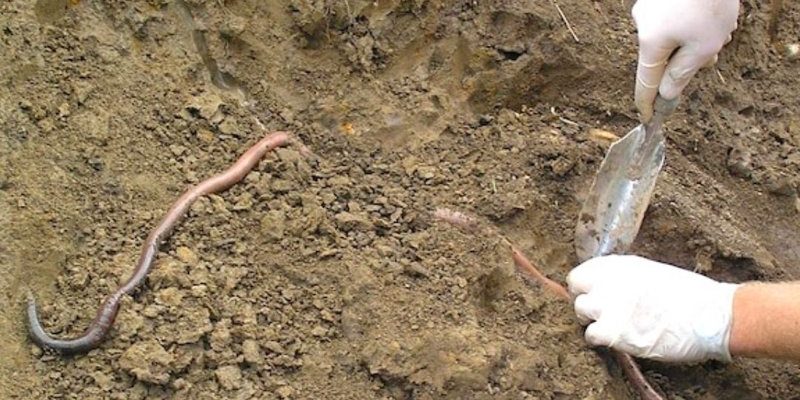
Let’s dive into their world and explore what it means to care for these remarkable worms. It’s a bit like having a pet that digs tunnels instead of fetching sticks! We’ll uncover the challenges and possibilities in studying and potentially farming the Giant Gippsland Earthworm, and along the way, we’ll see how they contribute to our understanding of soil health and ecology.
What Makes the Giant Gippsland Earthworm Unique?
The Giant Gippsland Earthworm is truly a one-of-a-kind species. Known scientifically as *Megascolides australis*, they thrive in the clay-rich soils of Victoria’s Gippsland region. These worms breathe through their skin and can live up to 15 years, making them quite the longevity champions in the earthworm world.
Their remarkable size and unique habitat contribute to their rarity. In fact, they can weigh over 200 grams! They’re not just big; they play a crucial role in maintaining soil structure and fertility. These worms aerate the soil, allowing water and nutrients to penetrate, which helps plants grow. So, when we think about farming or studying them, we’re also considering their environmental impact.
Can Giant Gippsland Earthworms Be Kept in Captivity?
Keeping Giant Gippsland Earthworms in captivity is no small feat. They have specific environmental needs, including moist, rich soil and a relatively stable temperature. Think of their habitat like a cozy blanket they can burrow into. If the soil is too dry or compact, they won’t thrive. Here’s what you need to ensure their survival in captivity:
- Moisture: These worms need a consistent level of moisture to survive. Without it, they can dry out quickly, which is a major concern.
- Temperature: They ideally prefer temperatures between 10°C to 20°C (50°F to 68°F). Extreme temperatures can be lethal for them.
- Soil Quality: The soil should be rich in organic matter, as these worms feed on decomposing plant material.
You might be wondering how we can replicate these conditions in captivity. It requires careful monitoring and a bit of creativity! Creating a suitable environment is key, and the success rate varies.
The Challenges of Studying Giant Gippsland Earthworms
Studying these earthworms in captivity comes with its own challenges. First, their sheer size can make handling them tricky. You can’t just pop them into a small container and call it a day. You need a space that accommodates their length and burrowing behavior.
Next, there’s the issue of breeding. Very little is known about their reproductive habits in the wild, so recreating these conditions in a lab or farm setting is quite complex. Moreover, the worms are sensitive to disturbances, which means they might not breed well under stress. It’s a bit like trying to get shy children to interact in a loud classroom; you need the right atmosphere.
Lastly, ethical considerations also come into play. Are we doing the right thing by studying them in captivity? Some argue that we should focus on preserving their natural habitats instead. This brings us to the question: Is captivity the best way to learn about these worms?
Possible Benefits of Farming Giant Gippsland Earthworms
Despite these challenges, there are potential benefits to farming Giant Gippsland Earthworms. They can be a boon to agricultural practices, particularly in organic farming. By using their natural behaviors, farmers could enhance soil health without relying on chemical fertilizers. Here’s how:
- Soil Aeration: Their burrowing helps aerate the soil, allowing for better water retention and drainage, which is vital for healthy crops.
- Natural Fertilizer: As they consume organic matter and decompose it, they produce nutrient-rich castings that act as a natural fertilizer.
- Sustainable Practices: Farming them could promote sustainable practices, reducing reliance on synthetic products.
If we can successfully farm them, it might lead to a new avenue in sustainable agriculture. Plus, it creates a unique opportunity for research and understanding how soil ecosystems function.
How to Set Up a Captivity Environment
Setting up a suitable environment for Giant Gippsland Earthworms requires some thought and planning. Here’s a simple step-by-step process to get you started:
1. Choose the Right Container: You’ll need a spacious, well-draining container. A large plastic tub with holes for ventilation could work well.
2. Add Suitable Soil: Fill the container with a mix of rich, organic soil and compost. This not only provides nutrition but also mimics their natural habitat.
3. Monitor Moisture Levels: Keep the soil consistently moist, but not soaking wet. Think damp sponge rather than a waterlogged mess.
4. Maintain Ideal Temperature: Place the setup in a cool, shaded area. Ideally, the temperature should stay within their preferred range.
5. Feed Regularly: Give them organic scraps like vegetable peels or leaves. They love to munch on decomposing matter!
By following these steps, you can create a comfy home for these fascinating worms. It’s a fun experiment—just remember to be patient and gentle!
The Future of Giant Gippsland Earthworm Research
The future of studying and potentially farming Giant Gippsland Earthworms holds a lot of promise. As researchers learn more about their biology and ecology, we might find new ways to utilize their capabilities in agriculture and conservation. With challenges like climate change and soil degradation, these worms could be our allies in creating a sustainable future.
Moreover, advancements in technology and science could lead to better methods for studying these creatures without disturbing their natural habitats. It’s a delicate balance, but one worth exploring.
In short, while the Giant Gippsland Earthworm presents challenges for captivity and study, it also opens doors to unique opportunities. By understanding their role in the ecosystem and exploring their potential in agriculture, we can appreciate these giants in a whole new light. So, if you ever think about keeping one—or even just learning more about them—remember that patience, care, and a little creativity go a long way. It’s not just about farming worms; it’s about nurturing a connection with the earth and its many wonders.

